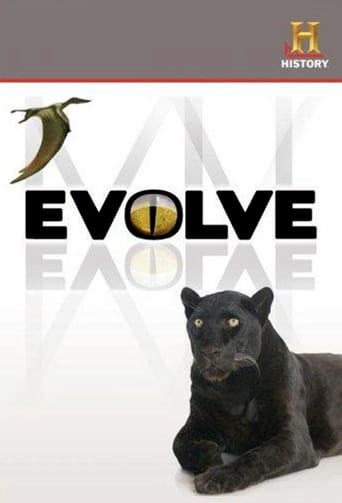Trending Searches:
Popular Movies:

Evolve is a 2008 documentary television series on History. The series premiere, "Eyes", was nominated for an Emmy for Outstanding Science, Technology and Nature Programming. Each episode attempts to explain the evolutionary origins of a particular trait of living creatures: for example, Tyrannosaurus Rex's 13-inch teeth, the gecko's "Velcro-like" toe pads, and the bald eagle's "telescopic" vision capable of spotting a hare a mile away.
... View MoreThe movie is currently not available onine